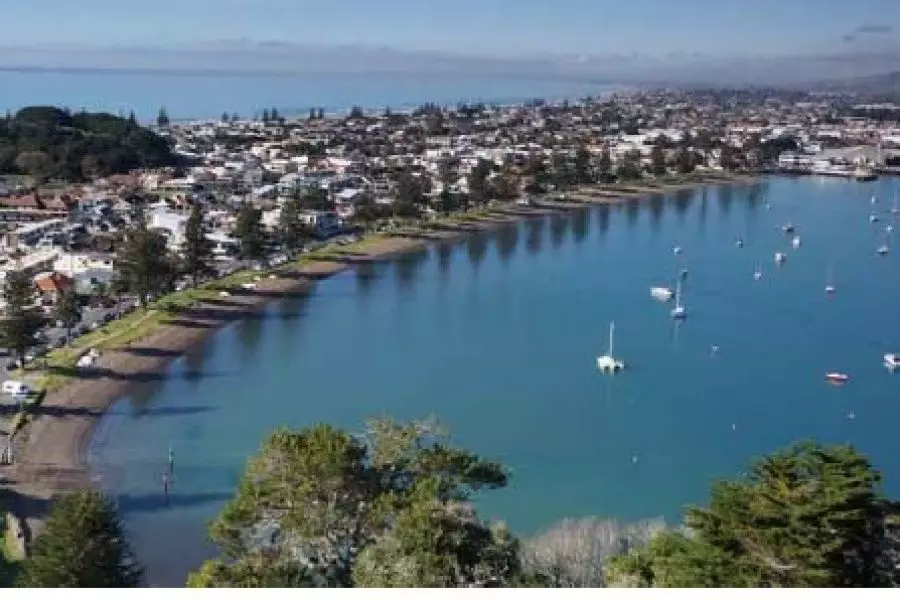
News
[Opinion]Two years of COVID – what have we learnt in the property world?

Wednesday 16th of March 2022
It’s now two years since the pandemic started in earnest in NZ, with our first case on 28 February 2020, borders closed to non-citizens/residents on 19 March, and the first full alert level four lockdown at 11:59pm on 25 March.
It’s been a bizarre period for the housing market ever since, with initial predictions of significant rises in unemployment and large falls in proper...
Want to read the full article?
Click the button below to subscribe and will have unlimited access to full article and all other articles on the site.
5 min read



![[OPINION] Recessionary times](https://goodreturns.publit.io/file/c_fill,w_900,h_600/87ae0bf5-bdab-4cc2-bb45-9524f4030652.webp)
![[OPINION] How to make 20% from commercial property](https://goodreturns.publit.io/file/c_fill,w_900,h_600/7ac659fb-b908-4521-bcfa-1068d359b61e.webp)
![[The Wrap] Bye Bye Bayly](https://goodreturns.publit.io/file/c_fill,w_900,h_600/39f23ac1-f7c7-4854-b700-a150004ebbac.webp)


